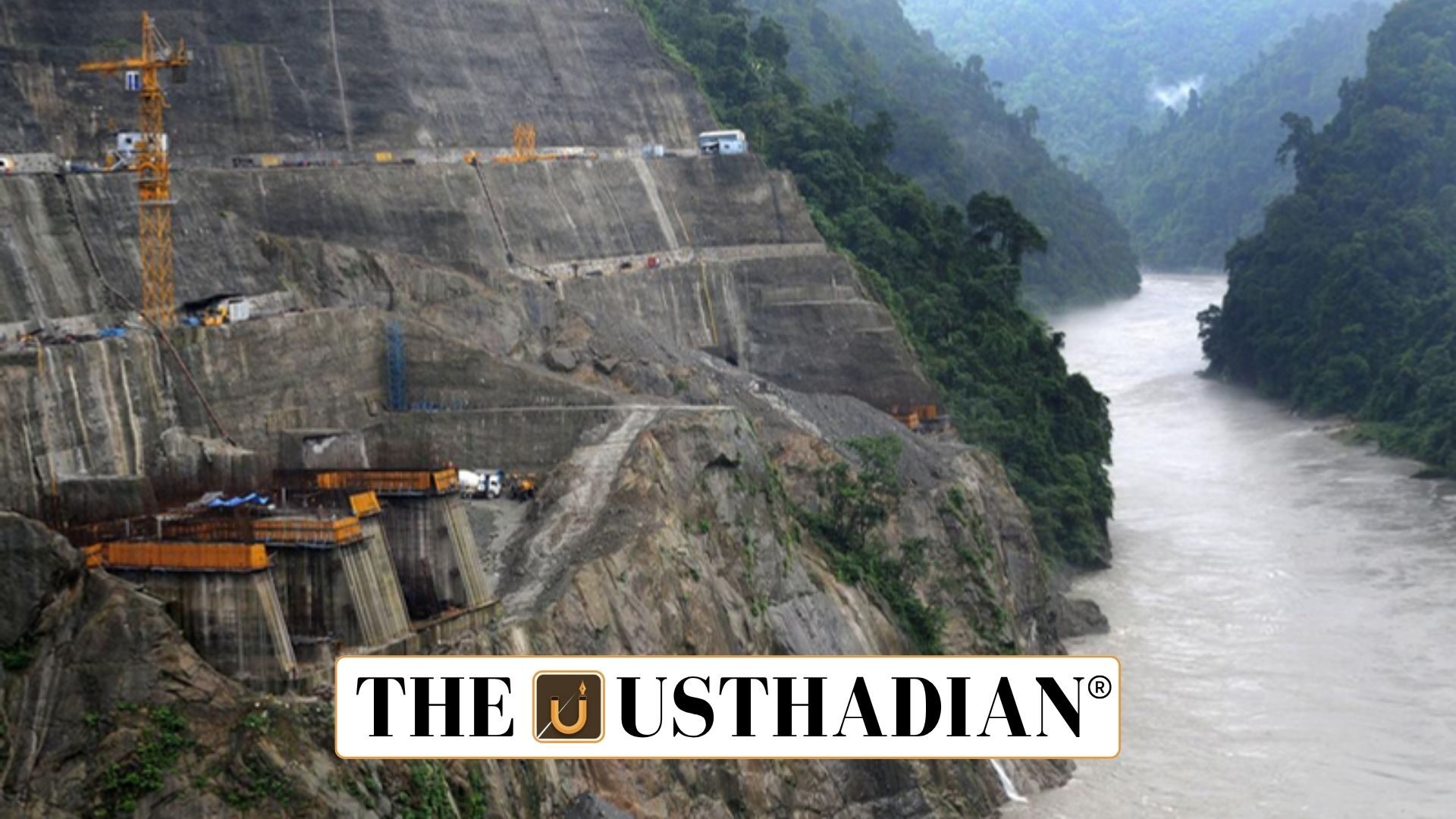Rising Tensions in Arunachal Pradesh
Subansiri Hydroelectric Protests Highlight Development Dilemma: Protests have erupted across Upper Subansiri district over the construction of the Subansiri Upper Hydroelectric Project, a 2,000 MW initiative under NHPC Ltd. Thousands of local residents, students, and environmental groups gathered in Daporijo demanding a halt to the dam project. They raised slogans emphasizing the protection of the Subansiri River, opposing what they see as a threat to their ancestral lands.
Static GK fact: The Subansiri River is the largest tributary of the Brahmaputra River, originating from the Himalayas in Tibet and flowing through Arunachal Pradesh and Assam.
The Vision Behind the Project
The project aims to enhance India’s renewable energy capacity and strengthen energy security in the northeastern region. Managed by NHPC, this dam is expected to generate over 2,000 megawatts of clean hydropower. The government highlights its role in boosting regional infrastructure and reducing dependence on fossil fuels.
Static GK Tip: NHPC (National Hydroelectric Power Corporation) was founded in 1975 and is headquartered in Faridabad, Haryana. It is India’s largest hydropower development organization.
Local Resistance and Core Concerns
The Subansiri Upper Hydroelectric Project Land Affected People’s Forum has emerged as the main opposition group. Protestors fear loss of traditional land, displacement, and cultural erosion. They also reject compensation packages, stating that monetary relief cannot replace ancestral heritage.
Static GK fact: Arunachal Pradesh is home to more than 26 major tribes and over 100 sub-tribes, making it one of India’s most ethnically diverse states.
Environmental and Seismic Risks
Experts warn that the dam could cause ecological imbalance in the fragile Himalayan region. Potential impacts include deforestation, altered river flow, and loss of aquatic biodiversity. Scientists also highlight seismic vulnerability, as the area lies within Seismic Zone V, the highest risk category in India.
Static GK Tip: The Bureau of Indian Standards (BIS) classifies India into four seismic zones—II, III, IV, and V—with Zone V being the most earthquake-prone.
Government Stand and Way Forward
The Ministry of Power and NHPC maintain that the dam will ensure long-term energy benefits. They promise mitigation measures, including forest regeneration, fishery conservation, and resettlement plans. However, limited dialogue and unresolved grievances have delayed implementation. The protests have reignited discussions on sustainable hydropower and participatory decision-making in development projects.
Symbol of Broader Debate
The Subansiri agitation reflects India’s ongoing challenge of balancing economic growth with environmental conservation. It highlights the importance of inclusive planning, where tribal communities and local stakeholders play a decisive role. The movement’s intensity underscores growing public awareness about ecological sustainability and indigenous rights.
Static Usthadian Current Affairs Table
Subansiri Hydroelectric Protests Highlight Development Dilemma:
| Topic | Detail |
| Location | Upper Subansiri District, Arunachal Pradesh |
| Project Capacity | 2,000 MW |
| Implementing Agency | NHPC Ltd |
| River Involved | Subansiri River, tributary of the Brahmaputra |
| Main Issue | Displacement, environmental degradation, and cultural loss |
| Key Protest Group | Subansiri Upper Hydroelectric Project Land Affected People’s Forum |
| Government Argument | Clean energy and regional development |
| Environmental Concern | Seismic risks and biodiversity loss |
| Seismic Zone | Zone V (Highest risk) |
| Year of NHPC Establishment | 1975 |








